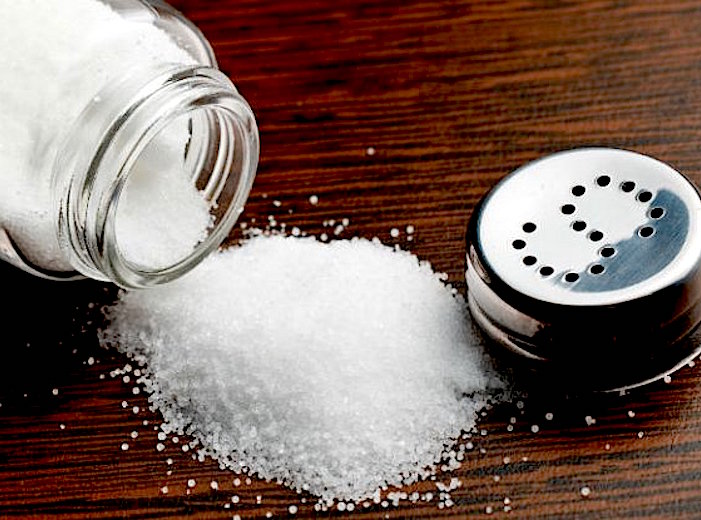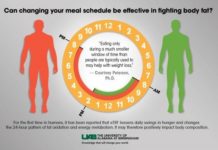 To reduce the risk of heart disease and stroke, the World Health Organization recommends we consume no more than 2000 mg of sodium a day – less than a teaspoon of salt. At the same time, the WHO recommends we consume at least 3510 mg of potassium daily, again to lower our odds of heart disease and stroke.
To reduce the risk of heart disease and stroke, the World Health Organization recommends we consume no more than 2000 mg of sodium a day – less than a teaspoon of salt. At the same time, the WHO recommends we consume at least 3510 mg of potassium daily, again to lower our odds of heart disease and stroke.
That’s a lot of potassium. Potatoes, for example, are considered to be a relatively potassium-rich food. Yet to get to 3510 mg a day you would have to eat about six potatoes day. Or drink 9 cups of milk. Or eat 2 1/2 cups of beet greens – a day.
So how are we doing at hitting the WHO targets?
Dr. Adam Drewnowski, professor of epidemiology who directs the Center for Public Health Nutrition at the School of Public Health at the University of Washington, wanted to find out. He and five international colleagues looked at dietary national surveys conducted by the governments of France, Mexico, the United Kingdom and the United States.
They found that at best, only 0.3% of Americans, or about three in a thousand, achieve the WHO dietary goals. The French do a little bit better, with 0.5% hitting the targets. The Mexicans do a bit worse, with just 0.15% making the mark. The British did the worst with just 0.1%, or one in a thousand, meeting the recommended dietary targets.
“The data confirm that we eat too much sodium and not enough potassium,” said Drewnowski. “But they also suggest that the numbers being proposed by WHO and other health agencies are completely unfeasible. The chances that a majority of a population would achieve these goals is near zero.”
In fact, the targets are so out of reach that Drewnowski said he would be “shocked” if in any nation in the world a majority of the population is achieving the WHO’s dietary goals.
“The problem is that sodium and potassium are found in many of the same foods,” Drewnowski explains. “Milk has sodium in it, so if you want to reduce your sodium intake you can drink less milk. But milk also has potassium, so if you want to increase your potassium intake, you have to drink more milk. So you cannot have a recommendation that tells you to reduce the amount of sodium you eat by two thirds and to double the amount of potassium you take in.”
You can boost your potassium intake by eating potassium-rich foods, such as greens, citrus and fish, but these foods tend to be more expensive. Including these foods in everyday diet would improve diet quality, but would also add to diet cost. Past estimates suggest that meeting potassium guidelines would add about $1.49 a day, or about $42 a week to average food budget for a family of four. Supplementation is not the answer because potassium has a metallic, bitter taste that would make most foods unpalatable.
Drewnowski said there are several lessons to take away from the new study. First, it will be hard to achieve significant reduction in dietary sodium by consumer education alone.
Most of the sodium in the American diet comes from processed foods, including breads, pizza, processed meats and cheese.
Reformulating foods to lower their sodium content would be one strategy to reduce sodium intake. But global guidelines need to take global food patterns into account.
“Pizza is a major source of sodium in the U.S. I doubt that this is also the case in Asia,” Drewnowski said. “We get too much data from Boston and not enough from Bangladesh.”
The bottom line, said Drewnowski, is that dietary guidelines, especially global health guidelines, need to set targets that are reasonable and are backed by backed by more data from low- and middle-income countries. “The current WHO targets do not appear to be feasible. These targets cannot be met.”
Source: A. Drewnowski, C. D. Rehm, M. Maillot, A. Mendoza, P. Monsivais. The feasibility of meeting the WHO guidelines for sodium and potassium: a cross-national comparison study. BMJ Open, 2015; 5 (3): e006625 DOI: 10.1136/bmjopen-2014-006625














